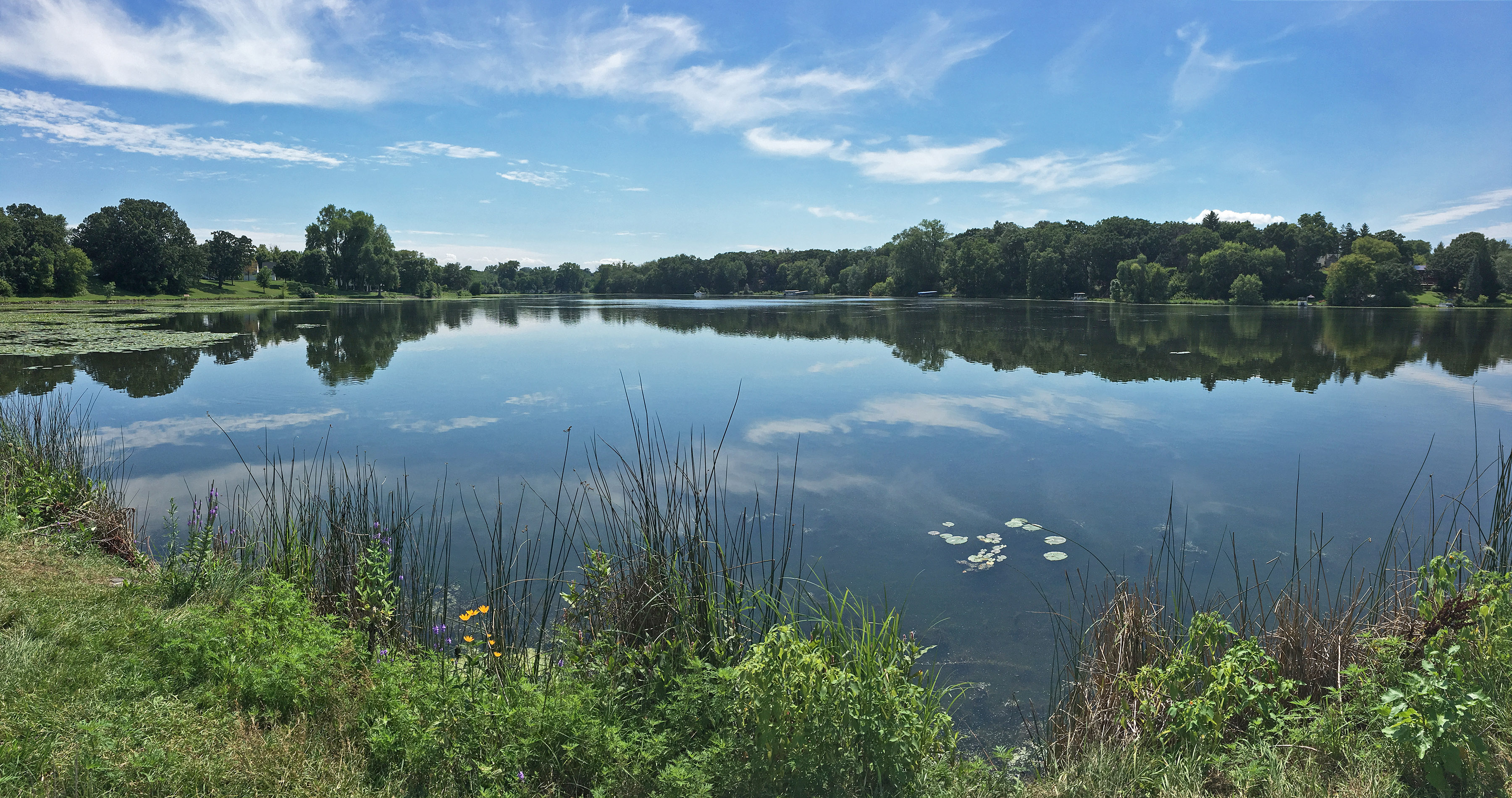Historically, water resource management has focused on surface water or groundwater as if they were separate things. As we continue to alter the landscape, it is clear that alteration of either of these resources affects the quality and/or quantity of the other.
Nearly all surface water features (streams, rivers, lakes and wetlands) interact with groundwater. Surface water bodies can gain water and solutes from groundwater (a). Surface water bodies can lose water to groundwater (b). Surface water bodies can be disconnected from the groundwater table (c).
Water withdrawal from surface water bodies can decrease the quantity of groundwater. Conversely, groundwater pumping can decrease the quality of water in surface water bodies. Surface water pollution can degrade groundwater quality and vice versa. Therefore, effective land and water management requires a robust understanding of the connections between groundwater and surface water in each individual setting.
BWSR's Role in Water Management
Minnesota has a long history of local governments managing water. BWSR provides various water-related planning, grant and regulatory programs, applications and web-based tools to local governments in order to help them achieve their water management goals. This webpage (sidebar menu) offers links to a suite of applications known as the Prioritize, Target and Measure Application, or PTMApp: a state-wide desktop and web application used by practitioners as technical bridge between the strategies in a local water plan and the implementable on-the-ground Best Management Practices and Conservation Practices. In addition to PTMApp, these pages also provide guidance on other water quality tools and models, and how to choose the right one for your watershed and local conditions.
Other Water-Related Programs
Planning/Conservation Programs
- One Watershed, One Plan
- Metro watershed management
- Watershed district management
- Metro county groundwater plans
- Wetland mitigation program
- Buffer establishment and management toolbox
Grant Programs
- Clean Water Fund
- County Grants
- Conservation Contracts (formerly State Cost Share)
- SWCD Grants
- Wellhead Protection Partner Program
- Disaster Relief Assistance Program
Regulatory Programs
Technical Training and Certification Program


